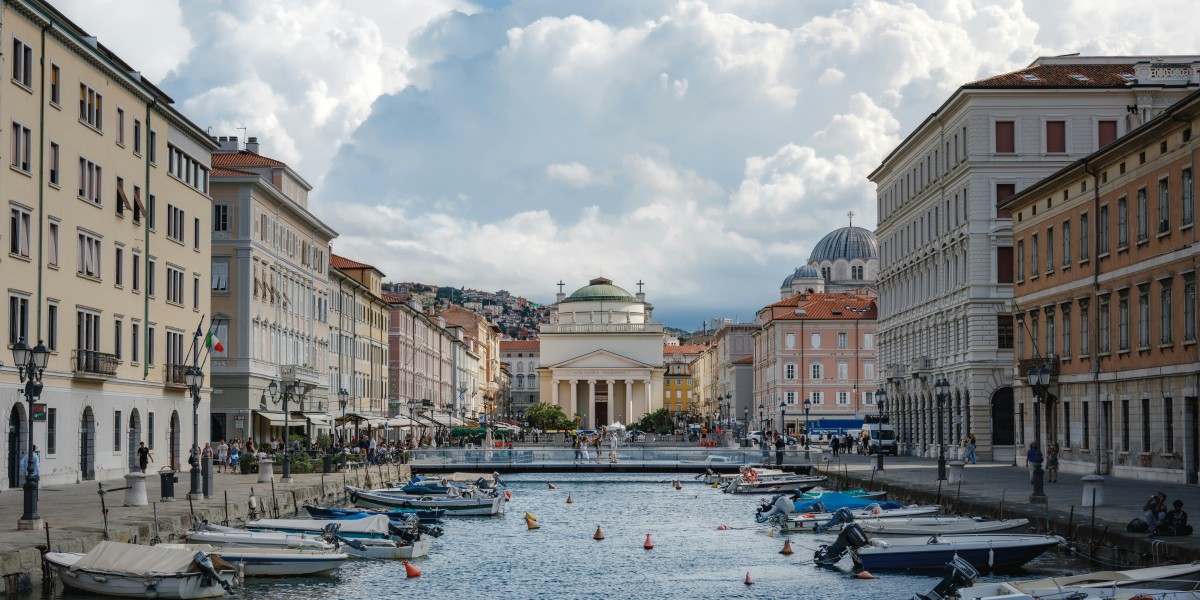
Perched on Italy’s far northeastern edge, this seafront city often feels like a crossroads — not quite like the rest of Italy, but not completely apart. You’ll see a mix of grand boulevards, Viennese-style coffee houses, and locals wandering down to the sea, whatever the weather.
Trieste’s quality of life is a mix of big-city culture without the crush and a gentle rhythm of local markets and seaside strolls. Living in Trieste means nipping to Slovenia for lunch or lingering with a capo in B coffee on sunny Piazza Unità.
What is it like to live in Trieste?
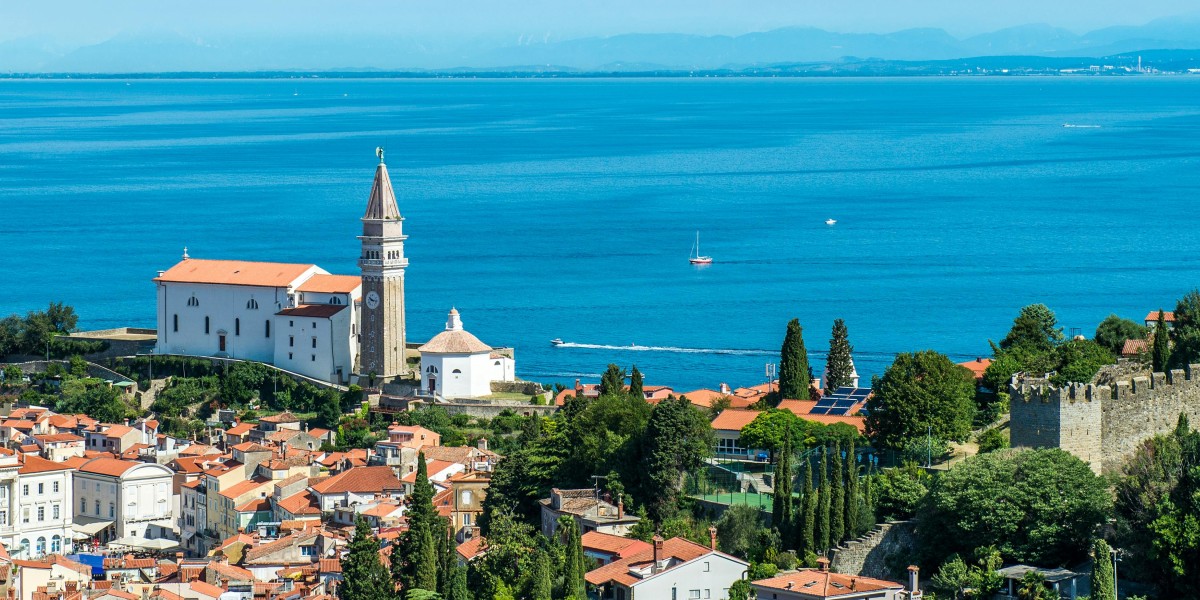
Life in Trieste is quietly distinctive, and a popular place for people choosing Northern over Southern Italy as their new home. You’ll notice straight away that things feel a little different compared to other Italian cities. People speak Italian, but you’ll also hear Slovenian and Triestino on the streets. There’s a friendly, slightly reserved atmosphere. Locals are often happy to chat, but it’s not the loud kind of social scene you get further south.
Winters can be blustery thanks to the famous bora wind, but the payoff is bright, bracing days and clear sea views. Everyday life tends to revolve around the piazzas, the market, and the waterfront, with plenty of easy escapes into the surrounding hills or even over the border for a quick change of scenery. Life in Trieste is about enjoying small, everyday pleasures—good coffee, fresh seafood, a bit of borderland curiosity, and a slow pace that tends to suit anyone after a quieter patch of Italian life.
Pros and cons of living in Trieste
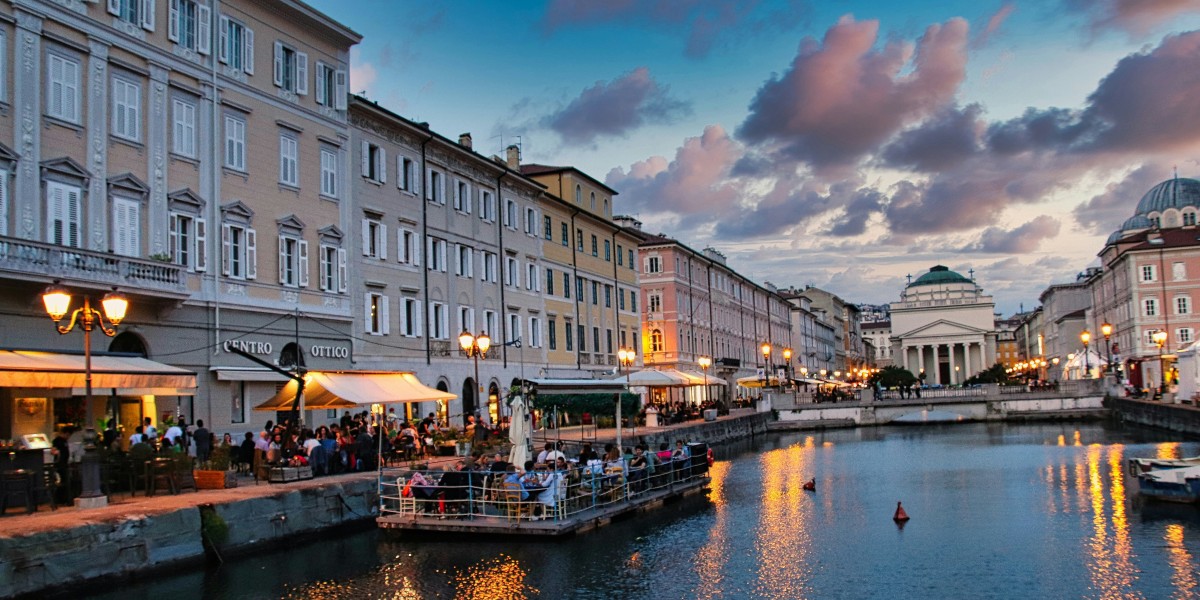
Trieste isn’t shy about showing its quirks, and life here comes with both high points and a few oddities to get used to.
Some of the pros of living in Trieste include:
- You get a brilliant mix of cultures and influences, making everyday life feel a bit different to anywhere else in Italy.
- The city is walkable and has a relaxed pace, with plenty of options for fresh seafood and good coffee.
- It’s in a handy spot for travel—Slovenia and Croatia are just a short ride away, whether you fancy a weekend escape or just popping over for the day.
There are a couple of quirks worth noting too:
- The famous bora wind can be fierce in winter, so you’ll need to get used to a bit of bluster now and then.
- Bureaucracy can be as slow and frustrating as anywhere else in Italy, and if you don’t speak much Italian, some day-to-day admin might require a little patience.
Cost of living in Trieste

The living cost in Trieste is noticeably more manageable than in bigger cities like Milan, especially when it comes to housing. However, North-East Italy in general is known for its premium property market.
As of May 2025, property prices in Trieste average about €2,283 per m². Rent in Trieste sits at roughly €11.4 per m², making an 80m2 apartment cost around €912 per month. In comparison, property prices in Milan reach around €5,108 per m², with rent averaging a hefty €23.7 per m².
When it comes to eating out, you’re looking at about €15 for a meal in a simple restaurant, while a meal for two at a midrange spot usually comes to around €60 (though if you fancy a splurge, high-end places can hit €150). A beer out costs roughly €5.50, and you can settle in at the bar for a proper Italian coffee for about €1.90. Monthly bills for basic utilities—water, electricity, heating—normally hover around €200 for a standard flat, so the general living cost in Trieste is quite down to earth, particularly for northern Italy.
Is Trieste expensive?
Regionally, Trieste is a touch more expensive than some towns in Friuli Venezia Giulia or across the border in Slovenia, especially for groceries and imported goods. But you’ll often find the balance swings in your favour—things like fresh seafood, good coffee, and public transport stay pretty wallet-friendly by national standards. While property and rent have seen a bit of an uptick in the last year, the cost of living in Trieste still sits comfortably below Italy’s major urban centres.
Trieste neighbourhoods: where to live
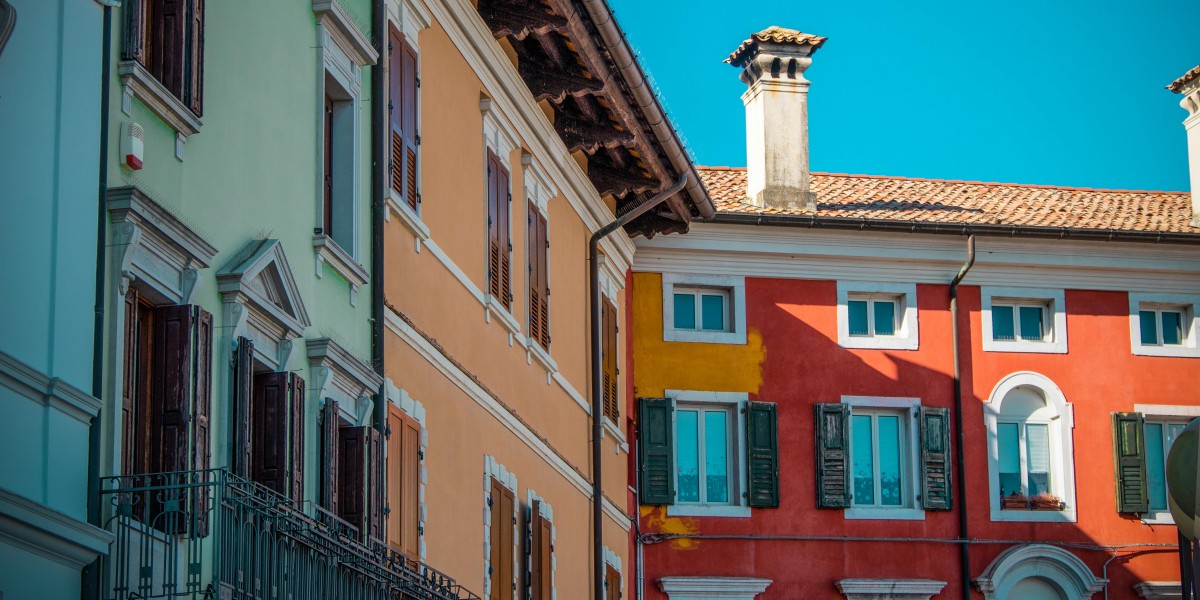
Trieste’s neighbourhoods each have their own character, ranging from historic streets by the harbour to leafy escapes in the hills. Where you settle will depend on whether you fancy sea views, buzzing piazzas, or a quieter, local crowd.
Città Vecchia (Old Town)
The heart of historic Trieste, this area is all cobbled lanes and little piazzas tucked between faded palazzi. It’s handy for nightlife, markets, and cultural sites, though parking is scarce and the buildings tend to be older. Renting here costs at least €1,000 per month, while property prices stick around €3,097 per m².
Barcola
If you want to be by the water, Barcola is Trieste’s seaside playground. Long promenades, pebble beaches, and a laid-back summer vibe. Accommodation here comes at a slight premium for the sea views.
San Giacomo
Traditionally working-class and now a friendly, mixed community, San Giacomo is big on local shops and a lively daily market. Buying a flat here is a bit more affordable, with property prices near the €1,981 per m² mark. It’s popular with younger people and anyone looking for a proper neighbourhood feel.
Roiano
Tucked between the city centre and the hills, Roiano feels more residential and quiet—think small parks, handy train connections, and local bakeries. It attracts families and commuters, with rental prices lower than the centre.
What to do in Trieste
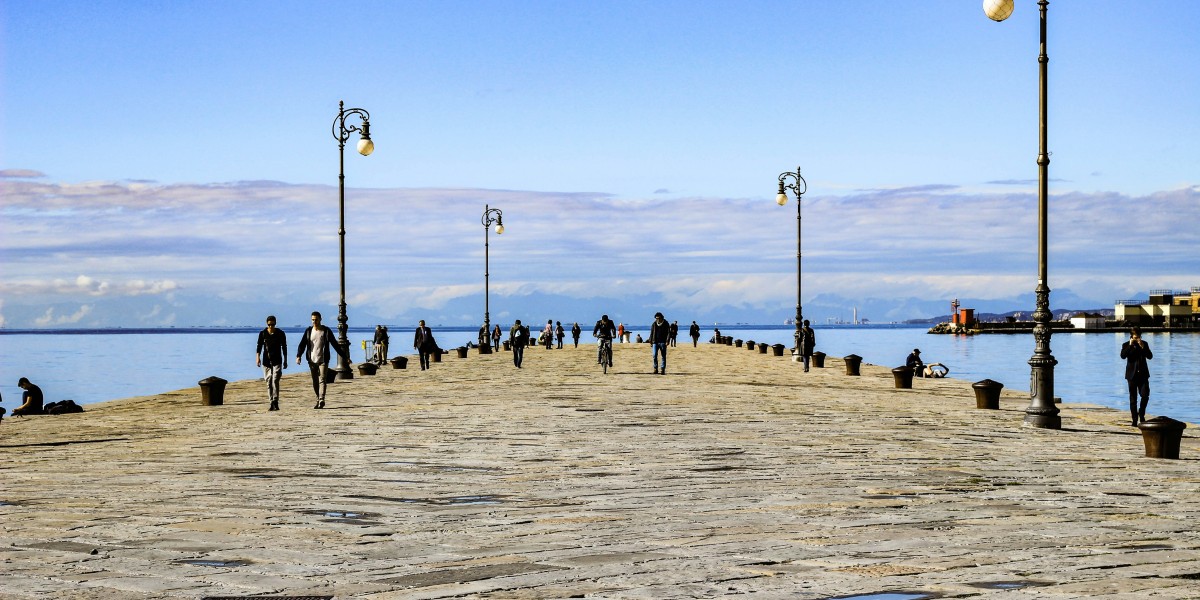
Trieste has heaps of things to see and do, you're bound to find something that takes your fancy. The city’s real appeal lies in its mix of grand piazzas—Piazza Unità d’Italia being the standout—and its relaxed, slightly old-world café culture. You can wander the waterfront, duck into the historic Caffè San Marco for a coffee, or climb up to Miramare Castle for sea views and a bit of Habsburg drama.
For those into local culture, Trieste has a handful of quirky museums, regular literary festivals, and a steady stream of theatre and classical music. The city’s multicultural flavour means you’ll come across both Italian and Central European traditions, especially in the food and local events. In summer, locals tend to head out to Barcola for a swim or a sunbathe, while autumn is a good time for the Barcolana regatta—one of the busiest sailing events in the Med.
Living in Trieste as a foreigner
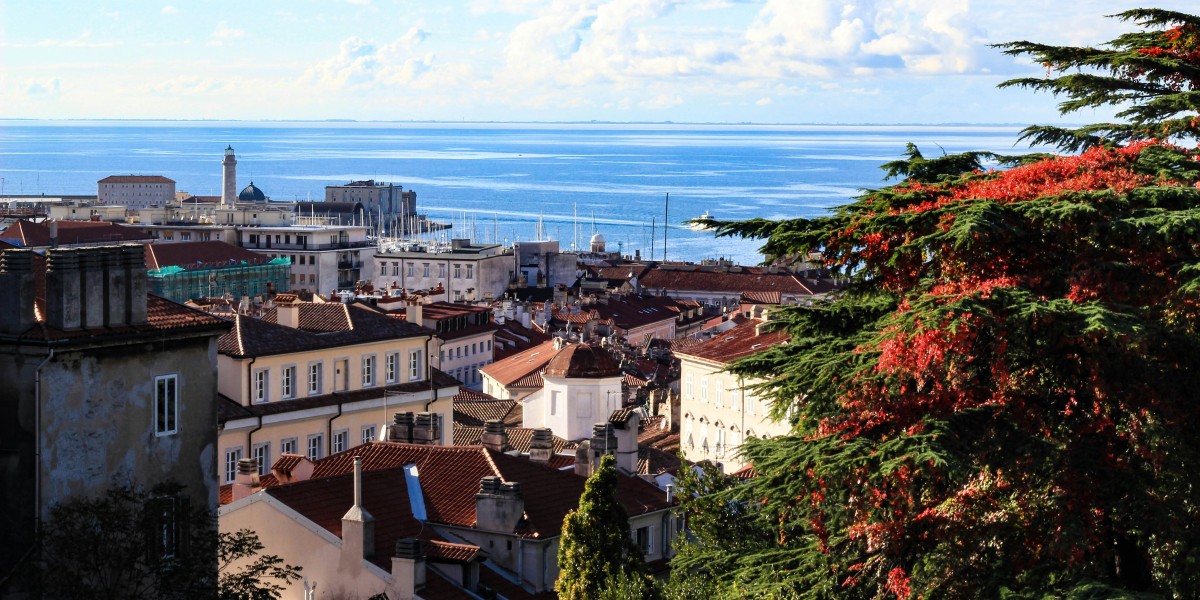
The international community here isn’t huge, but it is welcoming, helped along by the city’s history of being a crossroads and port. You’ll frequently hear English, German, and Slovenian spoken—as well as Italian—and most banks, estate agents, and bigger businesses are used to dealing with international customers.
For Americans and other English speakers, practicalities like sorting a codice fiscale (Italian tax code), registering with the local anagrafe (municipal registry), and opening a bank account often go a little more smoothly with help. Services such as Expating Trieste specialise in making the move less daunting. English-speaking healthcare is fairly accessible, and the University of Trieste also runs orientation activities and Italian courses open to newcomers
There’s also a growing network of support thanks to informal expat-organised social gatherings around town and English-friendly coworking spaces. For local tips, Expats in Trieste Facebook group is lively, with real-time advice about doctors, language lessons, and cultural quirks. Getting by without Italian isn’t impossible, but even just learning the basics in Italian helps with the older generation and integration.
